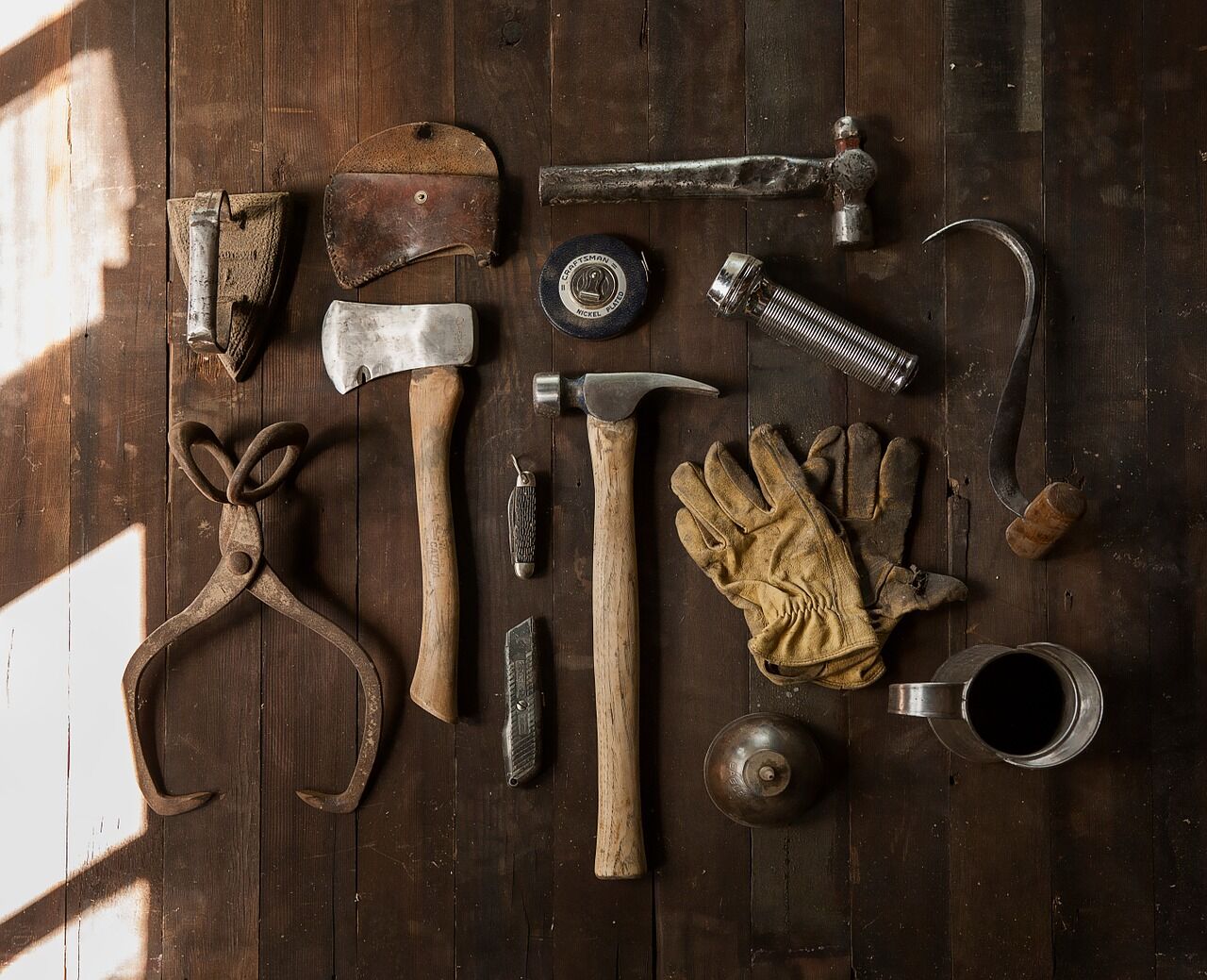I didn’t know it, but apparently I was playing YouTube Prepper Tag, well at least someone thought I was playing and tagged me to produce a video of 5 things I thought every prepper, and especially a new prepper should have. That was easy, the hard part was to then tag 5 other preppers […]
Author: David Nash
How Much Water Can You Get From Snow?
I recently did a little experiment during our winter weather. The premise was, if we were to lose utilities from an extended amount of time (or I was lost outdoors) and I needed to melt snow for water, I needed to know how much water can you get from snow. I have heard and […]
How to Make Homemade Honey Butter
This is a simple recipe for homemade honey butter does not quite make it into the storage meals category because its a condiment, and fresh butter really isn’t a part of my food storage larder. However, condiments are important, and your going to need something besides plain beans, rice, and bread if your going […]
How to Find a Good Firearm Instructor on Guns.com
I have just published another article at Guns.com on Safely dealing with lead, as well as another article on How to find a good firearm instructor that has also just been posted on Guns.com. As I have said before, I think guns.com has the potential to be a great website. They have some good articles […]
How to Easily Dehydrate Frozen Vegetables
I am a firm believer in redundancy. If the unprocessed manure ever is flung into the air oscillating device its going to be a bad day. As such, it’s not a stretch to think that some of your safety net may acquire some holes. While I do have canned food in my pantry. Canned […]





